Winterizing your basketball hoop is important for any outdoor sports enthusiast, especially if you live in cold and snowy winters. Preparing your basketball hoop for the cold winter weather will ensure that it stays in good condition, so you can enjoy shooting hoops all year. Winterizing a basketball hoop isn’t overly complicated but requires some specific steps.
Method 1: Secure The Hoop In The Backyard:
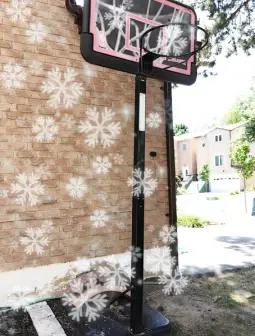
A basketball hoop is a great way to exercise and have fun in your backyard. To ensure that it stays secure and in place, you’ll need to secure its base properly. There are three main ways to do this – securing the hoop base with water, sand, or Base Gel.
Secure The Hoop Base Filled With Water
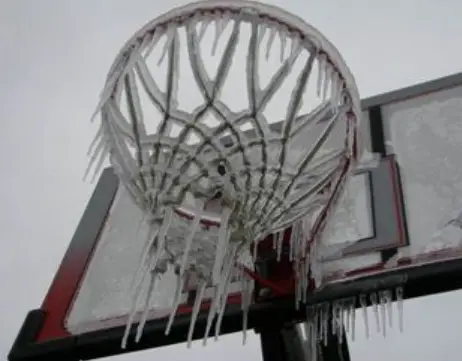
Adding antifreeze to the water in the hoop’s base will ensure that it remains unfrozen throughout the winter, protecting it from potenbtial cracks or breaks due to extremely cold temperatures. This method also helps prevent corrosion caused by winter snow and rain, which can weaken and damage the structure of your basketball hoop over time. Adding antifreeze will also help keep harmful bacteria away from pooling in stagnant water that could otherwise build up within your basketball hoop’s base over time.
What Kind Of Antifreeze Do You Use In A Basketball Hoop?
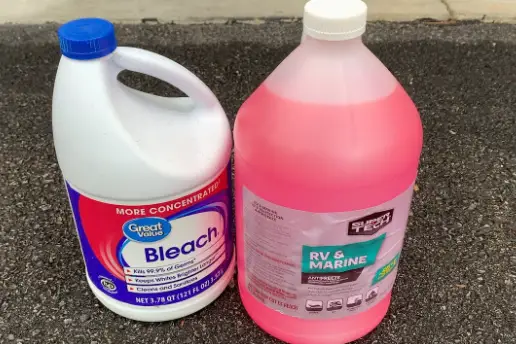
Most experts agree that a non-toxic RV antifreeze should be used for winterizing a basketball hoop. This type of antifreeze will not harm plants or animals if it gets into the environment, but it prevents water from freezing and damaging the hoop’s internal components. It can also help prevent corrosion within the system by preventing condensation accumulation. Plus, RV antifreeze is generally easier on your wallet than other types of antifreeze available at auto parts stores.
How Much Antifreeze Does It Take To Keep Water From Freezing In A Basketball Hoop?
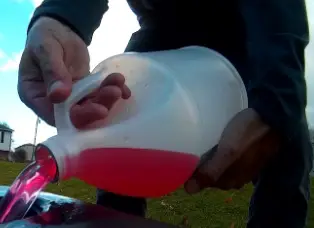
When winterizing a basketball hoop, you should dilute 1 part antifreeze for every 8 parts water to ensure that your hoop doesn’t freeze over in most climates. However, if you live in a particularly cold area, you may want to increase this ratio to 1:4 for maximum protection against freezing temperatures. Make sure that whatever antifreeze type you choose is safe for plastic components, such as those found in many basketball hoops today.
Secure The Hoop Base With Sand

Fill the base with sand or another heavy material, such as concrete or gravel, to help provide stability against wind and weather. Not only will this help protect your hoop from strong winds or heavy snowfall, but it will also prevent animals from knocking it over if they decide to take up residence underneath! Additionally, ensure that all parts of the hoop are securely attached so as not to be affected by changing temperatures and moisture levels.
Secure The Hoop Base With Bas Gel:
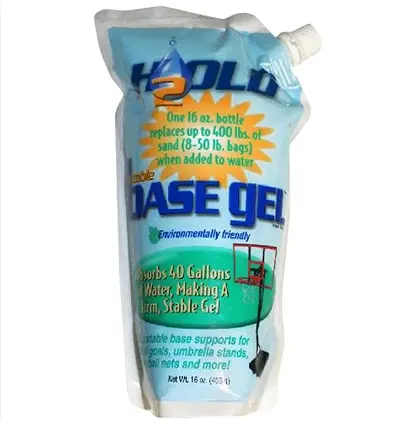
Base Gel is an adjustable and durable foam that wraps around the base of your pool and provides strong support against wind and weather conditions. Its waterproof design ensures protection from moisture damage, which could cause rust or corrosion on metal parts. At the same time, its special adhesive properties ensure it stays in place for up to 24 hours after application. It’s also non-toxic and can be easily removed when you take down your basketball hoop after winter. With Base Gel, your basketball hoop will remain safe and secure throughout the season.
How To Secure Hoop From Heavy Wind?
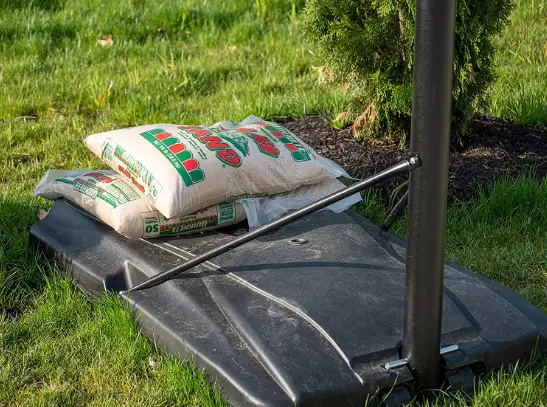
Make sure the base of your basketball hoop is securely filled with sand or concrete mix to provide stability during periods of high wind. Check all nuts, bolts, and screws that hold the post together and tighten them if needed. Make sure the base of your basketball hoop is completely level.
How To Secure Hoop From Rusting?
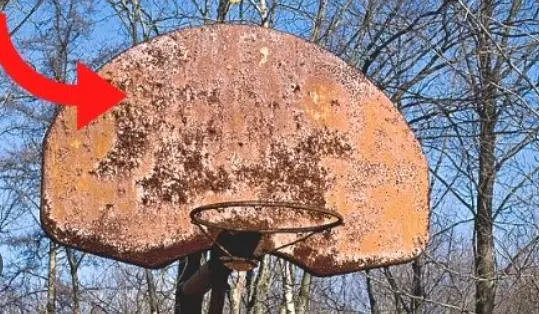
Without proper maintenance, your basketball hoop can become damaged due to rust and other elements that come with cold weather. To ensure your hoop stays in top condition, inspect your basketball hoop for any signs of corrosion or rust damage before the cold season starts. If you find any signs of damage, apply a protective coating such as paint or oil-based primer over these areas. This will help keep moisture out and prevent rusting from occurring.
Method 2: Take Down The Basketball Hoop:
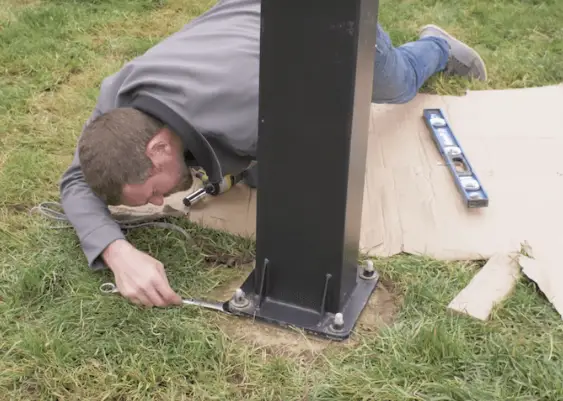
Taking down your basketball hoop before winter sets in is one of the most effective ways to protect it from damage due to extreme weather conditions.
Drain any remaining water in the base, then unscrew and loosen all bolts and connections holding the pole and backboard together so they can be removed safely. Ensure you have help lifting and carrying heavier pieces away from their original location for storage over winter. Once everything has been taken apart, store the parts indoors or under a tarp if you plan on leaving them outdoors for an extended period.
What Should I Do If The Water Is Already Frozen In The Hoop?
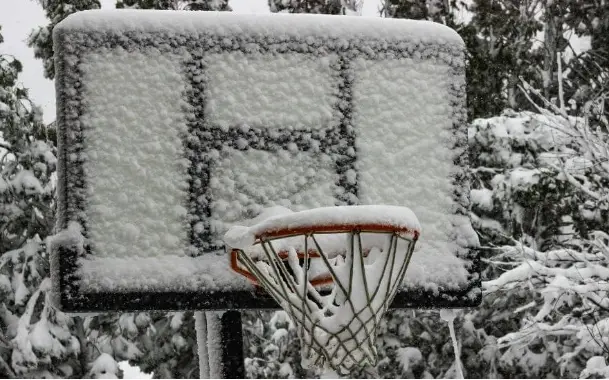
Identify what type of basketball hoop you have. If it is acrylic plastic, gently knock the ice away with a rubber mallet or use hot water in a bucket to melt it away. On the other hand, if your hoop is made of tempered glass, then carefully apply warm towels around the rim until all of the ice has melted away. Both methods should help loosen up any formed ice without damaging your hoop. Once thawed, make sure that you dry off any remaining moisture—especially on and around the metal trim—to avoid further freezing issues in cold temperatures!
How Do You Winterize A Spalding Basketball Hoop?
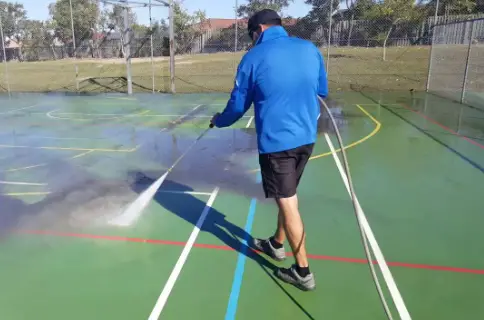
For those with a Spalding basketball hoop, there are some key steps to take when winterizing your system.
- Clean the entire hoop assembly and backboard with a pressure washer or hose. This will help remove any organic matter accumulated throughout summers, such as dirt, leaves, and sticks.
- After cleaning, inspect the entire system for any signs of rust and corrosion, which should be addressed immediately to prevent further damage from occurring during cold temperatures.
- Add lubrication to all moving parts, such as nuts and bolts; this will help ensure smooth operation when it’s time to play again.
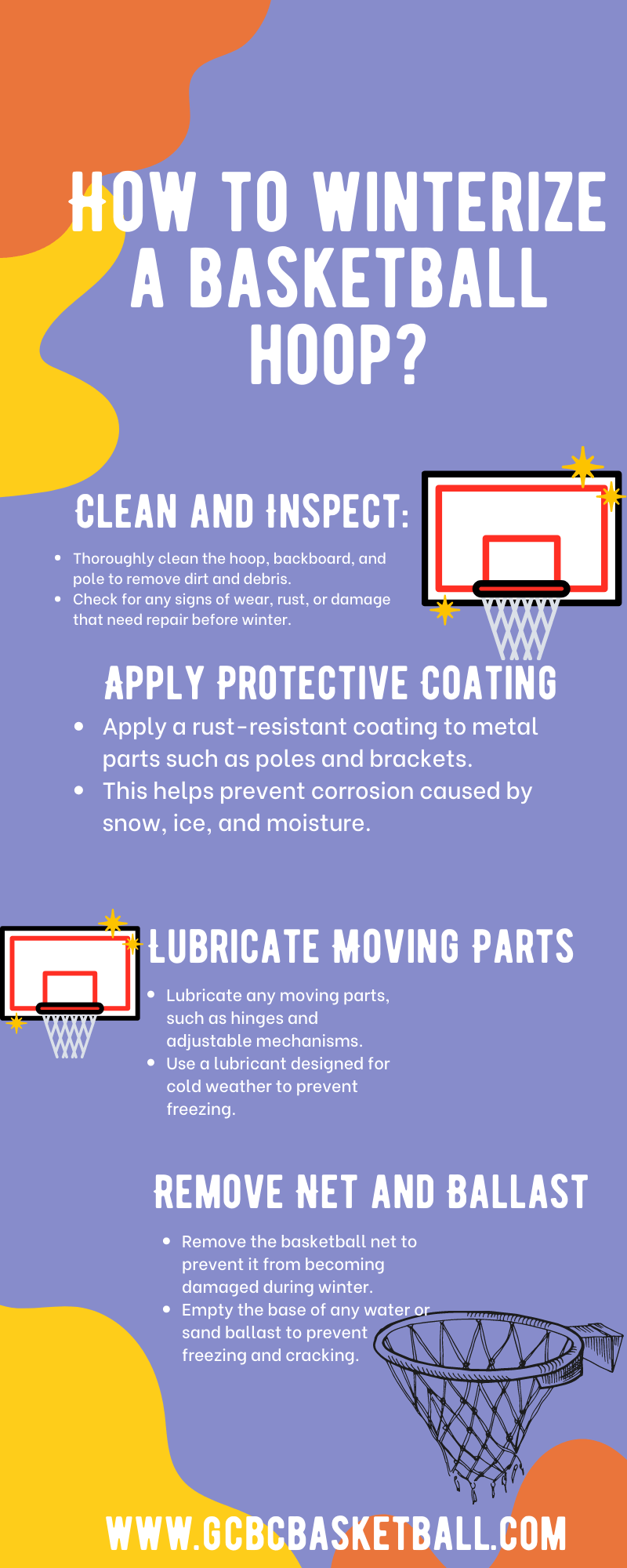
Conclusion:
Winterizing your basketball hoop is essential in preparing for the winter season. It will help protect the hoop from extreme weather conditions that can cause damage. Taking time to clean, re-tighten, and cover your basketball hoop is an easy process that takes minimal effort but can save you time and money.

Clyde Jackson III is a basketball coach and the founder of GCBC Basketball, a basketball-related learning and informational website that focuses on helping young players develop their skills on and off the court. With over 15 years of coaching experience, Clyde has worked with players of all ages and skill levels, from beginners to professionals.














